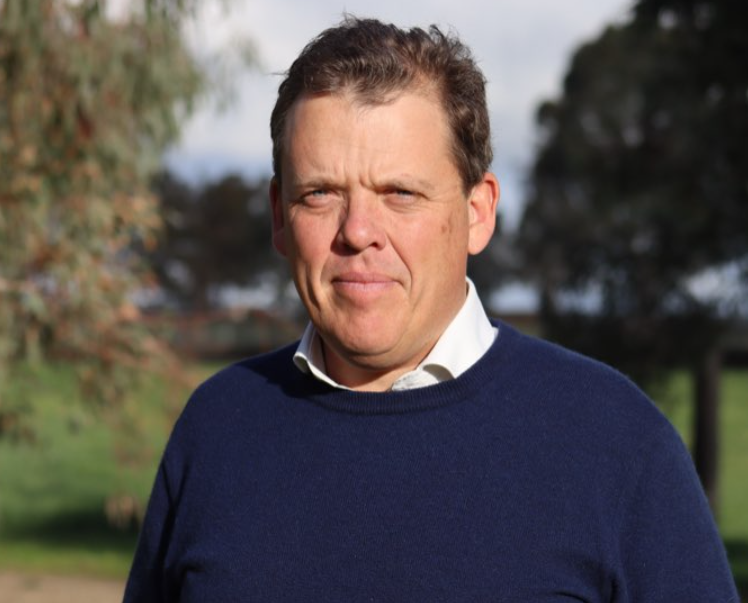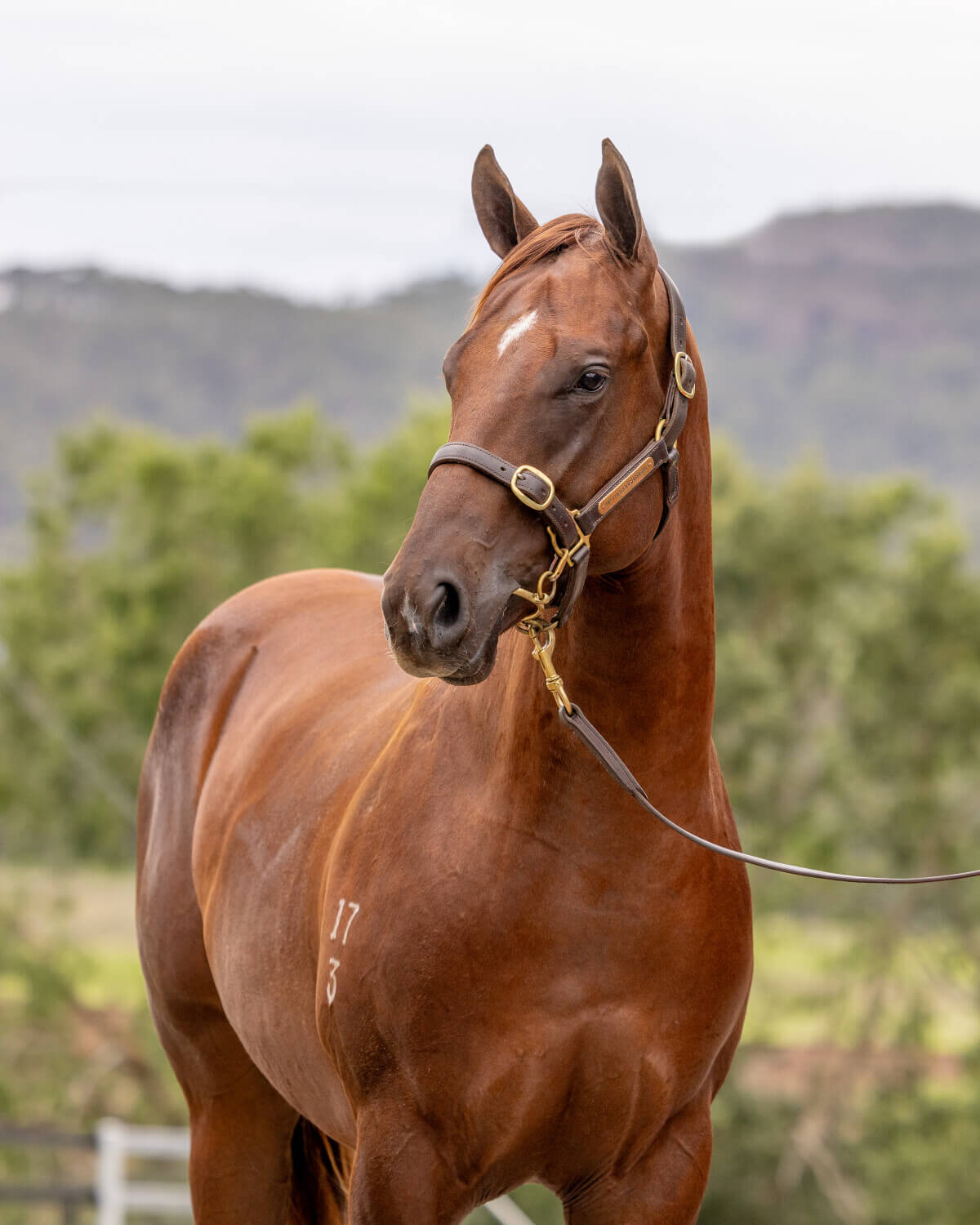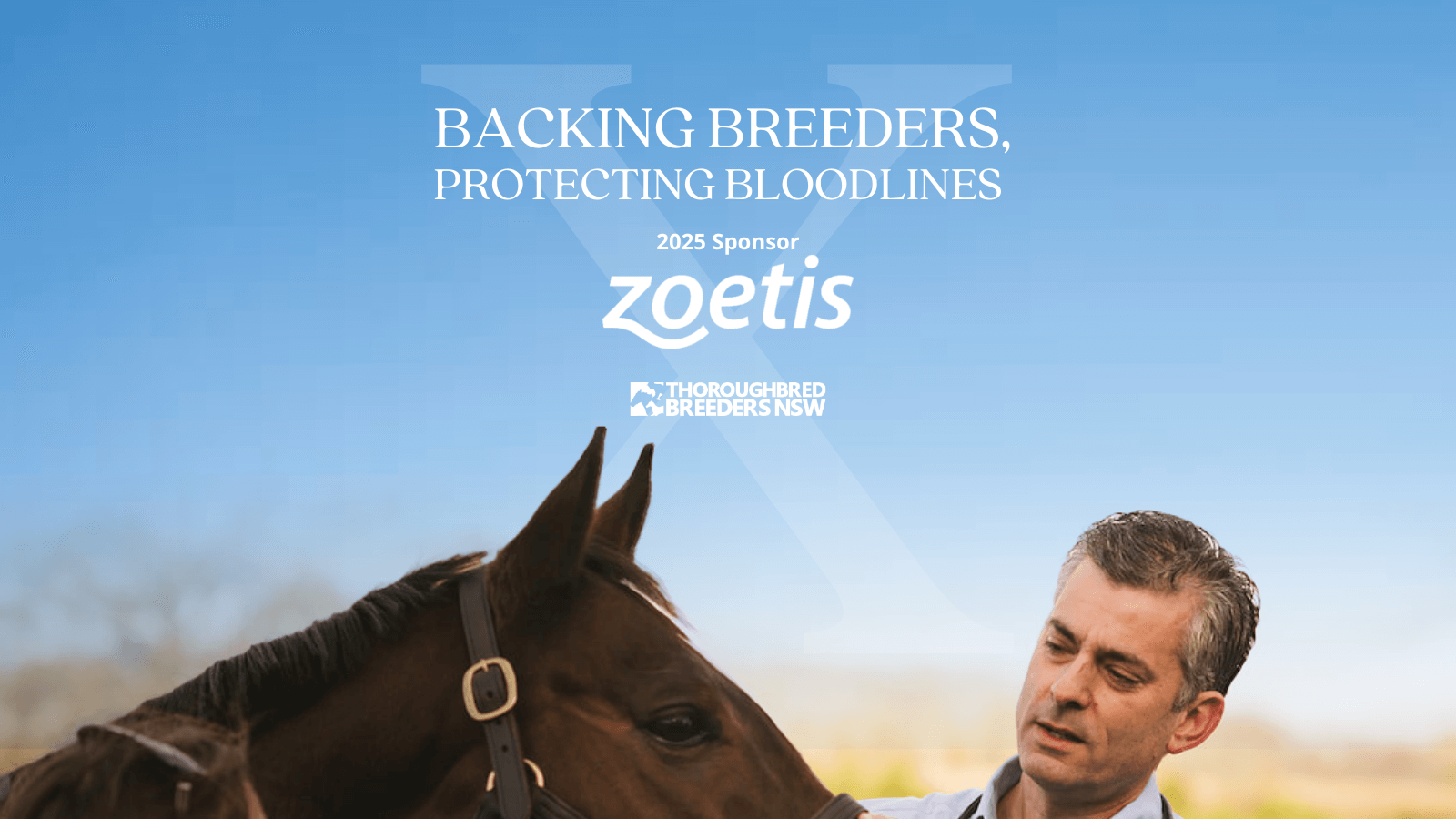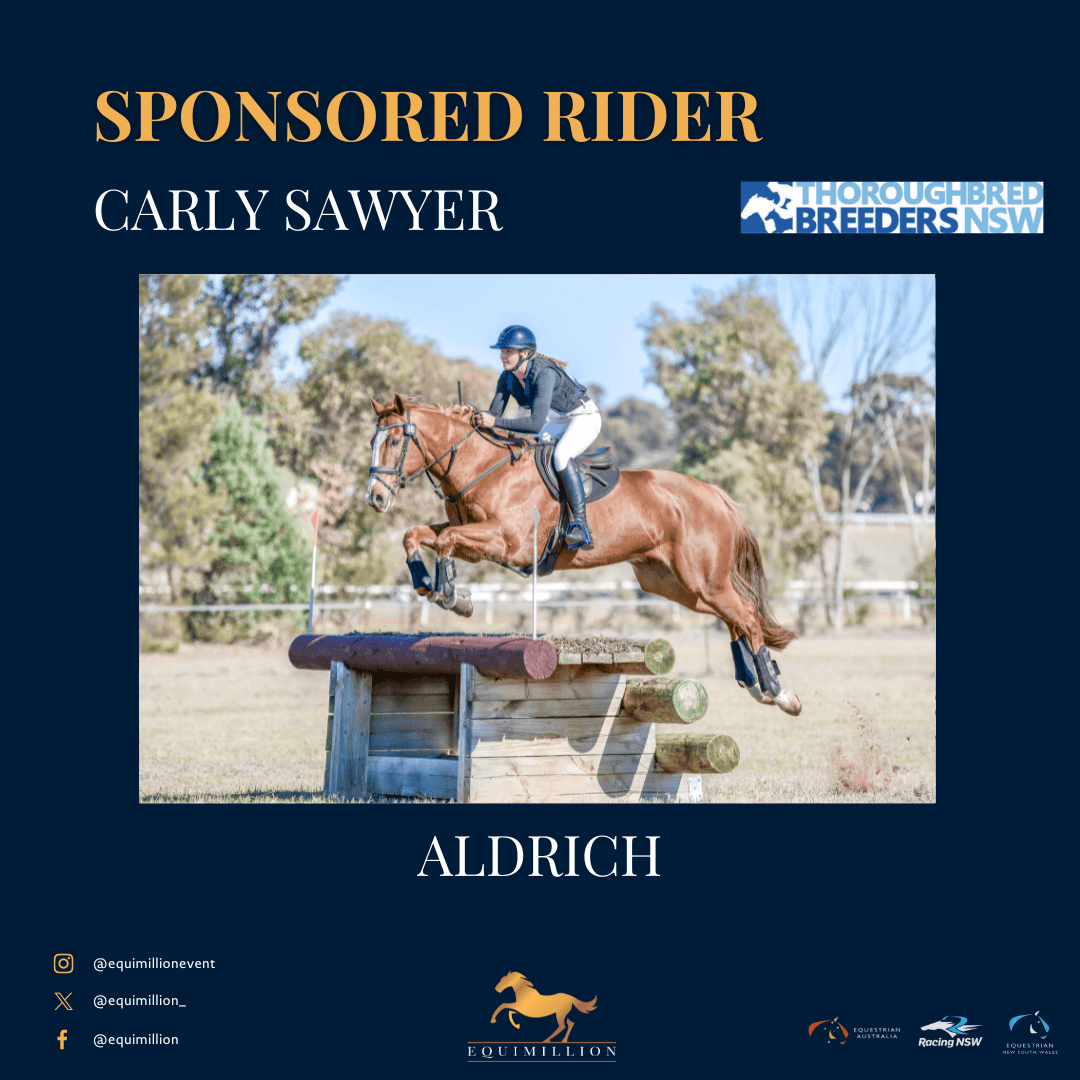As Australian foal crop numbers decline and yearling sale clearance rates hit a five-year low, the thoroughbred industry faces significant changes in the coming years. With record-high prizemoney and the top market thriving, industry experts are concerned about the widening gap between large and small operations. Strategic adjustments will be essential to ensure the industry’s long-term sustainability.
Firstly let’s pretend that the global economy is a little better than when this piece is published, but not significantly enough to consider all is rosy in the world. Also, of utmost importance, let’s believe the balance between prizemoney levels and the production costs involved from conception to the winning post will remain relatively stable. Let’s also apply the standard 2 per cent per annum fall in the foal crop and that around 90 per cent of live foals will make it to registration stage (a figure I thought high but, in the ballpark, using the data from the 2022/23 Racing Australian Fact Book). That leaves us with a crop of 11,570 in 2028, down 1230 from the expected 2023 figure of which 10,400 would be registered.
So with prizemoney at record levels and the top end of the bloodstock market churning out one success story after another, the industry looks to be adjusting to falling crop numbers without breaking stride. So, should we be worried?
Tait weighs in on expanding the racing ecosystem
Few in the Australian industry have the depth of understanding of the mechanisms within the marketplace, both here and internationally, than Olly Tait. Of course Olly and his wife Amber own Twin Hills Stud at Cootamundra and stand five stallions at fees of $15,000 or lower, the demographic most likely to come under pressure from any industry-wide downturn in covering numbers. When I asked if he thought the 3.4 per cent drop in clearance rate across the 2024 yearling sale series would lead to fewer matings this season, Olly offered: “I couldn’t make a clear correlation, but in general terms what I would say is there is a racing ecosystem and we should be looking at it expanding not contracting. A larger ecosystem means more people are participating in the sport, so the more investment you can draw in and then consequently the sport grows.”
Olly further explained, “I don’t think that in any way shape or form the contraction of the foal crop can be seen as a positive and it is something we all should be wary of. In the medium term the contraction of the foal crop means less horses to race in four to five years’ time which leads to less revenue from turnover and therefore less money coming back into the industry. Our aim should not be to become a niche business – we should be looking towards broader involvement to make it a more mainstream business.”
Asked if there was a change the industry could undertake now that would protect itself in the short-term Olly said, “I think maintaining prizemoney for country, provincial and midweek-level racing is very important for that. Currently prizemoney levels are disproportionately going to the top end which isn’t good for the ecosystem and certainly not good for stallions that stand at less than $20,000.”
That is a sentiment shared in general by the breeding industry. Large sections of the Victorian industry have been highly critical of The All-Star Mile concept, and of the five winners of the $10 million The Golden Eagle possibly only the Japanese-bred Obamburumai (Jpn) (Discreet Cat {USA}) may not have shown up as I’m sure the owners of Kolding (NZ) (Ocean Park {NZ}), Colette (Hallowed Crown), I’m Thunderstruck (NZ) (Shocking) and I Wish I Win (NZ) (Savabeel) would have raced for half that amount with their horses facing identical opposition.
There is nothing to suggest that the top end of the market will falter, although with high-end mares racing longer I expect the number of well-bred individuals available for auction might dip slightly for a year or two while the market recalibrates. The winners then will be those that go to market in that period, a less congested peak sure to put a premium on the very best available.
As is always the case it is the bottom end that is concerning, the chasm between there and the middle of the market widening each year. Far easier said than done, this sector needs an unlikely influx of buyers or further incentives for repeat business, particularly at country level. The various incentives for maiden wins, both sale company or bonus scheme linked, are tremendous attractions that perhaps need a more direct marketing approach to investors looking into the value end of the market. Without some sort of stimulus, perhaps linked to the covering fee, breeders and stallion owners in the bottom third will remain swimming against the tide.
The impact of interest rates on lower-tier thoroughbred sales
With the Australian Reserve Bank not budging any time soon on pleas to reduce interest rates, the general economic pain is likely to continue to be felt by the ‘mums and dads’ that bolstered the market via syndicators during COVID. That then will be passed down to the training fraternity and therefore to the mid to lower reaches in the sale ring, for a good while yet. By my calculations at this year’s yearlings sales there were 5135 lots offered, a rise of 1 per cent, and 4197 sold, a fall of 3.4 per cent. I’m conscious there needs to be some allowance made for the number of horses going straight to an online auction and that the rise in lots offered correlates with the COVID inspired spike in coverings in 2021.
| Season | Sold | Per Cent Change | Average | Per Cent Change1 | Gross | Per Cent Change2 | Median | Per Cent Change3 | Sale High |
|---|---|---|---|---|---|---|---|---|---|
| 2022/23* | 4878 | -6.44% | $119,570 | -2.83% | $583,262,930 | -9.09% | $55,000 | -8.33% | $2,700,000 |
| 2021/22* | 5214 | 0.48% | $123,055 | 14.27% | $641,609,400 | 14.82% | $60,000 | 20.00% | $3,000,000 |
| 2020/21* | 5189 | 34.33% | $107,686 | -2.10% | $558,782,517 | 31.50% | $50,000 | -16.67% | $2,500,000 |
| 2019/20 | 3863 | -12.96% | $110,000 | 5.74% | $424,930,198 | -7.96% | $60,000 | 33.33% | $1,900,000 |
| 2018/19 | 4438 | -1.42% | $104,030 | 1.17% | $461,683,460 | -0.27% | $45,000 | -10.00% | $2,800,000 |
| 2017/18 | 4502 | 3.35% | $102,824 | 7.64% | $462,913,850 | 11.25% | $50,000 | 11.11% | $2,300,000 |
| 2016/17 | 4356 | -2.33% | $95,522 | 12.97% | $416,091,850 | 10.34% | $45,000 | 12.50% | $2,500,000 |
| 2015/16 | 4460 | -1.57% | $84,553 | 14.83% | $377,107,950 | 13.03% | $40,000 | 29.03% | $2,300,000 |
| 2014/15 | 4531 | 3.95% | $73,636 | 16.37% | $333,643,464 | 20.96% | $31,000 | 3.33% | $2,200,000 |
| 2013/14 | 4359 | -0.75% | $63,277 | 5.66% | $275,823,631 | 4.87% | $30,000 | 20.00% | $2,100,000 |
While there were a few eyebrow raising ‘passed ins’ towards the top of the market, the majority of damage was done at the bargain hunters end. Even where vendors can afford to play a numbers game, it suggests tough times ahead, perhaps as soon as this breeding season.
The three major Australasian auction houses find themselves in the position of riding a three-season-long wave of outstanding results at the top end while an undercurrent is dragging smaller vendors out to sea. I spoke to Inglis CEO Bloodstock Sales Sebastian Hutch and asked if there was any further way the bottom of the market could be stimulated. Sebastian explained, “Identifying end users for horses is a challenge for the industry every day. Fortunately, we live in a jurisdiction where the appeal for racing horses is strong. We have good prizemoney, a good product and it’s a good spectacle.
“In terms of efforts to engage new owners or to stimulate existing owners and the lengths that people go to, I would say Australia is industry leading in comparison to other jurisdictions around the world with syndication a huge part of that. I would also say the efforts the three Australasian sales companies go to in incentivising and engaging new or existing horse ownerships is again industry leading globally. Whether it is the incentive schemes managed by the Australasian auction houses or the time and effort taken to engage with those clients, there is nothing comparable in terms of investment around the world.”
Asked to appraise the market currently Hutch offered, “Problems of supply and demand have existed since trading in the thoroughbred began and at present the market has great demand for quality stock, or stock that is perceived to be of value. The market is very savvy and good product tends to find a buyer more often than not and then tends to win races and demonstrate that value. But in some areas of the market it feels like supply is exceeding demand. That’s not a new phenomenon, that has been a factor of the functioning market in Australia since its inception. It’s just that it would appear to have become more pronounced based on the fact that clearance rates weren’t as strong this year.
“While turnover was fantastic it would appear the spread of money wasn’t as balanced. While the foal crop is contracting, it isn’t contracting in the upper two thirds of trade and it is extraordinarily competitive in that sector of the market.”
It may come to pass that we see a slowing, perhaps even a stall, in the flagging rate of foals born, but that it took a catastrophe like COVID to briefly arrest a 40-year decline doesn’t auger well for the next few seasons. Expect a significant number of breeders at the bottom to either not have their mares covered, or choose a different approach and cash in on high prizemoney levels breeding to race, perhaps leasing out part of the ownership.
No link between foal numbers and betting turnover
Of course, the ability for a purchaser to get a return on investment lies with prizemoney, and prizemoney is underpinned by wagering revenue which is trending significantly south post COVID. Dominic Beirne is acknowledged as having one of the sharpest analytical minds in our sport, and despite me catching him on the hop somewhat, he was able to quickly summon and decipher the data required to make an informed opinion on the question, do betting turnover and foal crop numbers tend to trend on similar paths? Dominic explained: “The overwhelming facts are that any downturn in breeding numbers hasn’t been matched in terms of wagering turnover, in fact it has been the opposite. Since the significant decline in the foal crops for 2012/13 and 2013/14 seasons, each roughly 5 per cent, the numbers have stabilised. In 2015/16 foal registrations numbered 12,844, almost identical to the expected figure for 2022/23. Yet in the period starting 2012/13 and leading into COVID, wagering rose over 45 per cent. There’s no relationship between declining foals and betting turnover, there are other factors that materially impact wagering.”

“When studying the substantial rise in wagering figures we have to consider firstly the massive impact of the Racing New South Wales court victories on Race Field Legislation and the various taxes from which the entire Australian industry benefitted. In concert with that there was also the very successful marketing campaigns of corporate bookmakers to lure Australian gamblers to racing. Wagering data, and by extension prizemoney, have to be viewed through the prism of those two factors.”
It follows then that while fewer mares may well be covered in coming seasons, other external factors will determine just how much the industry may receive from wagering revenue. Dominic pointed to the obvious concerns created by the general economy when he said, “Any retrospective look at wagering and breeding, in say five years’ time, must take into consideration the economic conditions that prevailed. Wagering turnover is going to go down, it’s a living certainty. The amount that the punters have been wagering can’t be sustained and it’s going to continue to decline. However, if there is a decline in mares covered over the same time that will be completely coincidental,” Beirne concluded.
We must also consider there certainly won’t be a positive outcome for the wagering industry from the proposed reforms on gambling advertising currently under discussion in federal parliament. This, coupled with a negative change in society’s views on spending an afternoon at a pub placing a few wagers has to mean a hit on bookmaker revenue. We haven’t got to the point of the stigma that walking into a British betting shop once garnered, but racing and wagering no longer maintains the stature in society it held last century. With racing faced with a lack of other income streams which, by association, drags in the breeding industry, there is a need to ensure our financial model is strong enough to withstand the projected storms ahead, cutting our cloth accordingly where necessary.
To conclude, the bloodstock sky is not ready to fall in Chicken Little, nor is there a tempest on the horizon from which it must shelter. However, the industry somehow needs to find a way to override the basic principles of supply and demand to maintain foal rates at levels that ensure we have enough horses to keep the sport viable.
This article was written by Glen Latham for TTRAusNZ.




